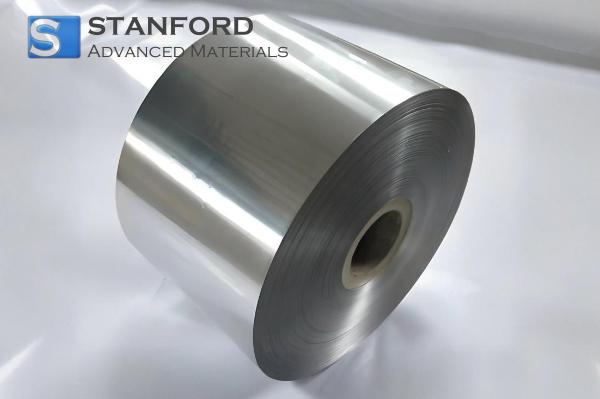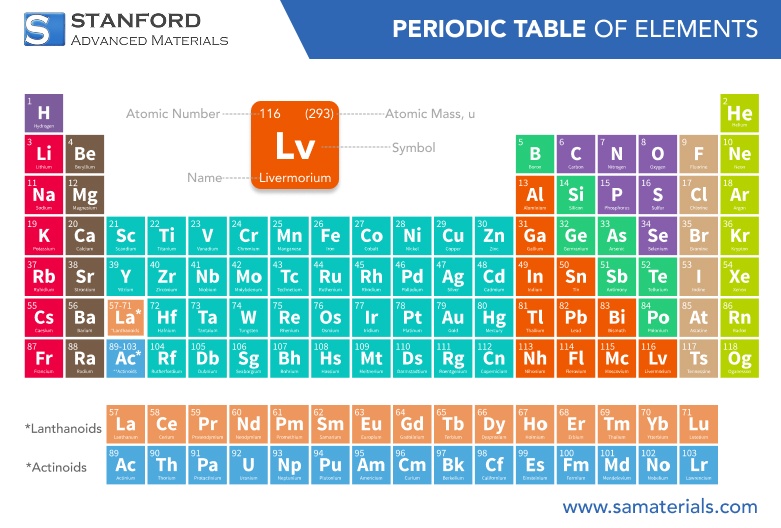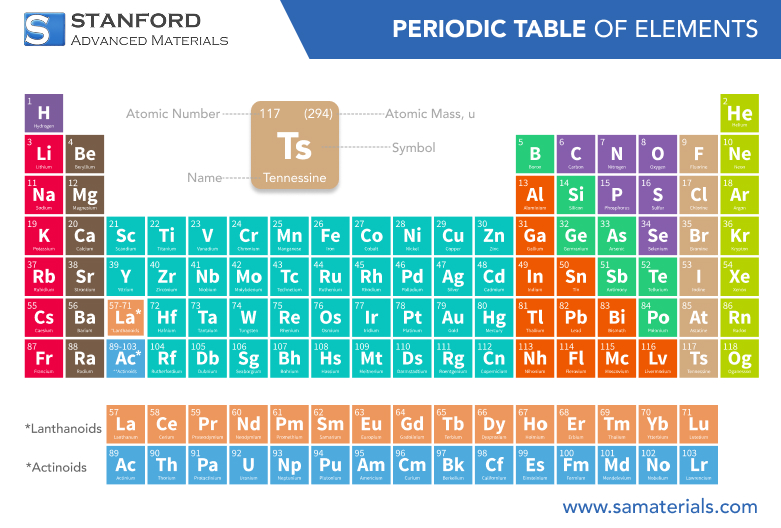Thorium: Element Properties And Uses
Description
Thorium is a naturally occurring radioactive metal that adopts a silvery-white appearance and is best described as abundant in the Earth's crust. With an atomic number of 90, thorium exists in far greater quantity than uranium, which has long made it an attractive nuclear fuel alternative. The relatively low toxicity, favourable nuclear characteristics, and chemical stability of thorium make it a formidable candidate for the development of safer and more efficient nuclear energy systems.
Introduction to the Element
Thorium is one of the important elements in the actinide series and widely distributed on Earth in minerals such as monazite, thorite, and thorianite. Discovered in 1828 by Swedish chemist Jöns Jakob Berzelius, who named it after Thor, the Norse god of thunder, it quickly attracted scientific interest due to its unusual radiological and chemical properties.
This is because, although thorium does not directly undergo nuclear fission in most reactor designs, its ability to function as a fertile material—a substance that, upon absorbing a neutron, can be transmuted into a fissile isotope (namely, uranium-233)—places it in a unique role as an alternative in modern nuclear research. The relative abundance of thorium compared to uranium and its potential for reduced long-term radioactive waste have made thorium-based reactors a recurring subject of technological exploration, especially in MSR concepts and other advanced nuclear systems.
Besides nuclear applications, thorium has uses in materials science, metallurgy, and specialised ceramics, taking advantage of its stability at very high temperatures.
Chemical Properties Description
Thorium exhibits a very marked preference for the +4 state in its compounds, such as ThO₂, ThCl₄, and ThF₄. Freshly prepared metallic thorium is lustrous, but it soon tarnishes in air. After exposure for several days, there forms a dense, stable oxide layer that protects the underlying metal from rapid further degradation.
• Reactivity with Oxygen: Thorium is readily converted to ThO₂ under elevated temperature exposure to air, a refractory oxide recognised by its exceptionally high melting point and inertness to chemical attack.
• Aqueous Reactivity: Thorium compounds are soluble under acidic conditions and thus can be chemically extracted and purified by solvent extraction, ion-exchange procedures, or controlled precipitation.
• Complexation: Thorium ions form stable complexes with a number of ligands, which is utilised in many material syntheses and nuclear fuel processing.
With these characteristics, thorium exhibits predictable behaviour in most chemical environments, lending itself to safe handling when proper radiological controls are observed.
Physical Properties
|
Property |
Value |
|
Atomic Number |
90 |
|
Atomic Weight |
232.0381 u |
|
Density |
11.7 g/cm³ |
|
Melting Point |
1750°C |
|
Boiling Point |
4788°C |
|
Crystal Structure |
Hexagonal close-packed |
More information can be found at Stanford Advanced Materials.
Thorium has high melting and boiling points, which give it stability in extreme conditions. Its moderate density, lower than that of uranium or plutonium, makes it useful in certain alloys and ceramic formulations for high-performance applications.
Common Uses
1. Applications of Nuclear Energy
Thorium's largest current application is in the field of advanced nuclear power research. In some reactor concepts, like MSRs or thorium thermal reactors, a neutron is absorbed by thorium-232, which converts it into a uranium isotope, uranium-233, capable of maintaining a nuclear chain reaction. This fuel cycle is thought to have the following advantages:
• Increased fuel efficiency
• Reduced long-lived nuclear waste
• Lower risk of runaway reactions compared to traditional uranium fuels
• Increased global availability of thorium resources
Due to these benefits, many countries—among them India and China—are actively researching thorium-fuelled reactor designs.
2. High-Temperature and Industrial Applications
Before the general development and acceptance of synthetic alternatives, thorium saw common use in gas mantles, wherein thorium dioxide produced bright, stable incandescence. Although largely replaced today, thorium mantles played a major role in early portable lighting.
Applications of thorium compounds also include:
• High-temperature ceramics
• Superalloys requiring superior thermal resistance
• Aerospace components
• High-refractive-index optical materials
These applications depend on thorium's great heat stability and chemical inertness.
Frequently Asked Questions
What is thorium, and where can it be found?
Thorium is a radioactive metal occurring in nature; it is commonly found in monazite, thorite, and other mineral deposits throughout the Earth's crust.
How does thorium contribute to nuclear energy?
Thorium is a fertile material that could be transformed into fissile uranium-233, enabling cleaner and possibly safer nuclear power production.
What are the primary chemical properties of thorium?
Thorium generally exhibits a +4 oxidation state; its oxide is quite stable and it undergoes controlled reactions with oxygen, acids, and halogens.
What are thorium's most important physical properties?
It is a dense metal with high melting and boiling points, having a hexagonal close-packed crystal structure.
How is thorium processed for industrial use?
Extraction deals with more specialised chemical methods, like solvent extraction and thermal processing for high-purity thorium needed in advanced materials and energy technology.

 Bars
Bars
 Beads & Spheres
Beads & Spheres
 Bolts & Nuts
Bolts & Nuts
 Crucibles
Crucibles
 Discs
Discs
 Fibers & Fabrics
Fibers & Fabrics
 Films
Films
 Flake
Flake
 Foams
Foams
 Foil
Foil
 Granules
Granules
 Honeycombs
Honeycombs
 Ink
Ink
 Laminate
Laminate
 Lumps
Lumps
 Meshes
Meshes
 Metallised Film
Metallised Film
 Plate
Plate
 Powders
Powders
 Rod
Rod
 Sheets
Sheets
 Single Crystals
Single Crystals
 Sputtering Target
Sputtering Target
 Tubes
Tubes
 Washer
Washer
 Wires
Wires
 Converters & Calculators
Converters & Calculators
 Write for Us
Write for Us




 Chin Trento
Chin Trento



